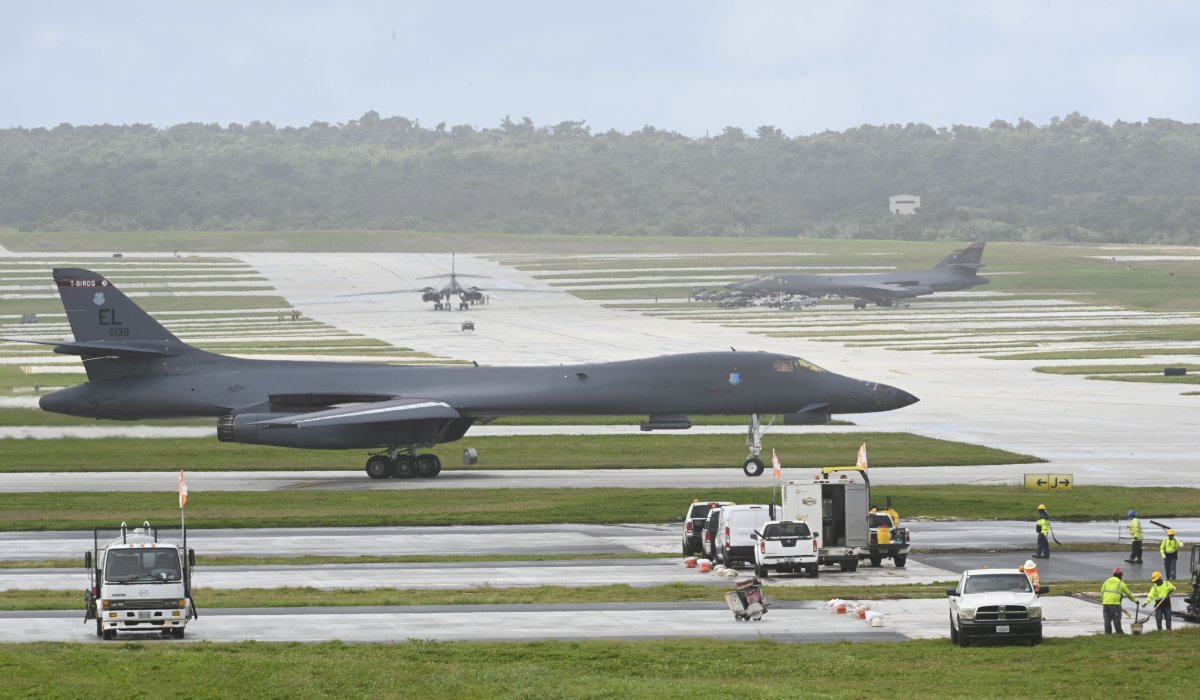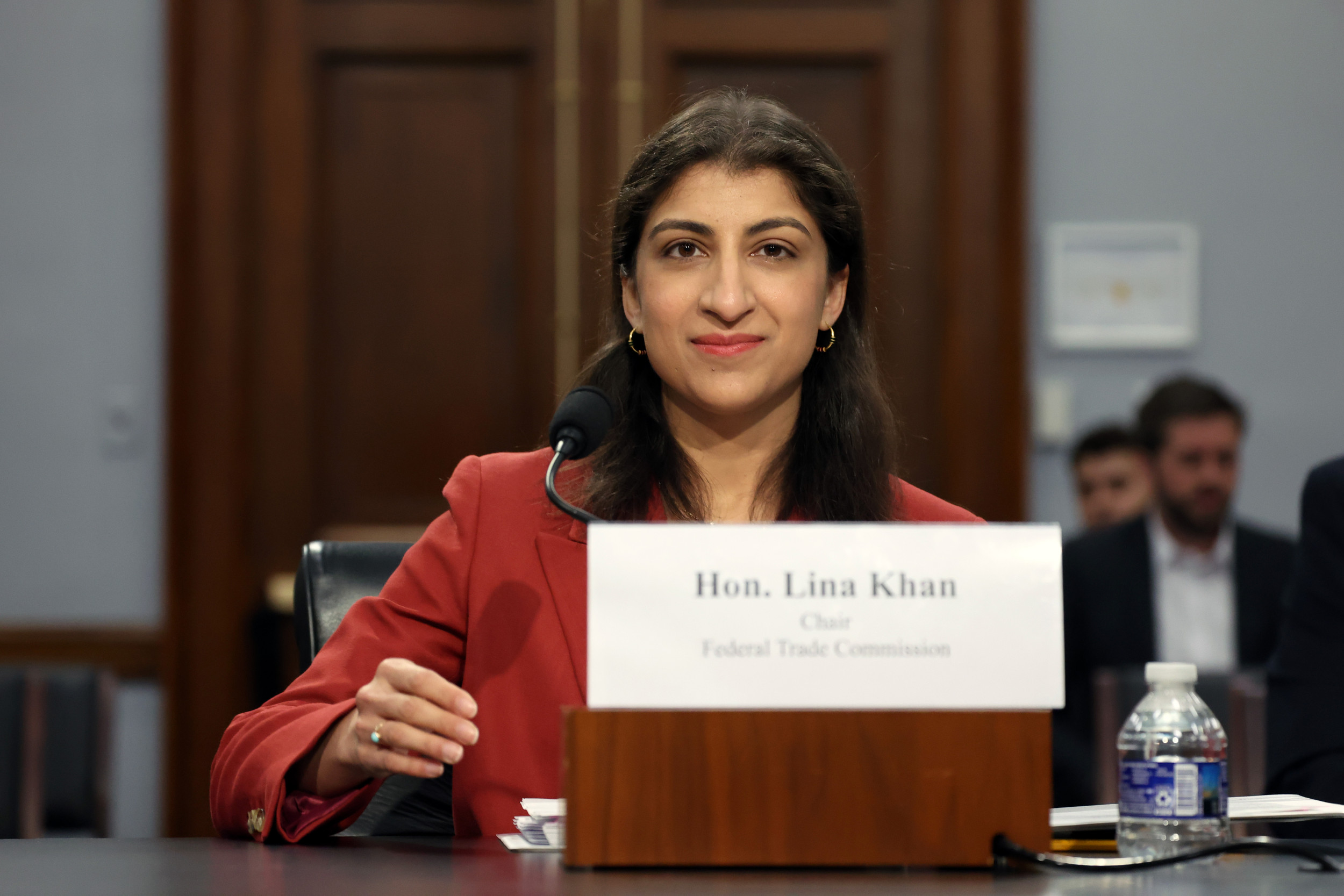The United States has sent at least four bombers to a military hub in the Western Pacific Ocean amid tensions in the South China Sea, the Taiwan Strait, and the Korean Peninsula.
The American supersonic B-1B jets were deployed to Guam, the westernmost U.S. territory.
Newsweek has reached out to the U.S. Pacific Air Forces for further comment by email. The Chinese Defense Ministry and the North Korean Embassy in Beijing, China, did not immediately respond to a request for comment.
Why It Matters
The deployment came as China maintained its military presence around Taiwan, which is a self-ruled island that Beijing claims as its territory, and the contested maritime features in the South China Sea. In the Korean Peninsula, North Korea continued its weapon tests. Guam is an ideal staging area to project military power, as it is only over 1,600 miles away from Taiwan and the South China Sea and 1,800 miles away from South Korea.
What To Know
According to a photo posted by the U.S. Air Force's 28th Bomb Wing, a bomber unit that is located at Ellsworth Air Force Base in South Dakota, a pair of B-1B bombers landed at Andersen Air Force Base in Guam last Friday for the Bomber Task Force 25-1 mission.

Two other B-1B bombers were visible in the photo as the aircraft, also known as Lancer, parked on the flight line. Another photo provided by the 28th Bomb Wing indicated that the first pair of Lancers arrived in Guam as early as last Wednesday for the same mission.
The photos of B-1B bombers in Guam are taken by Technical Sergeant Robert Trujillo. A caption reads: "The U.S. supports the vision of the Indo-Pacific as a free and open region composed of nations that adhere to the international rules-based order."
The Bomber Task Force mission is in line with the National Defense Strategy's objectives of "strategic predictability and operational unpredictability," the U.S. Pacific Air Forces said previously, which the bombers operate from overseas and Continental U.S. locations.
Bomber Task Force deployments usually last a month or more, according to Air & Space Forces Magazine. The 28th Bomb Wing last deployed its B-1B bombers to Guam last summer for the Bomber Task Force 24-6, which the bombers returned home in late June.
In 2020, the U.S. Air Force ended the continuous bomber presence in Guam and replaced it with Bomber Task Force deployment model, which keep its bomber force permanently based on the U.S. mainland and the bombers are regularly deployed to Guam on rotation.
The B-1B bomber has the largest payload of conventional weapons in America's air force inventory, capable of carrying 75,000 pounds of munitions—bombs, naval mines, and missiles. It can fly at supersonic speed to Mach 1.2 with an intercontinental flight range.
The bomber deployment to Guam followed the arrival of America's F-35A stealth fighter jets at Kadena Air Base on Japan's Okinawa Island last Monday. Kadena is a U.S. military hub in the region, where it is the closest U.S. air base to Taiwan at a distance of 370 miles.
Guam and Okinawa form parts of the multi-layer U.S. island chain strategy, which seeks to constrain China's military activities by using allied or friendly territories. Guam is the centerpiece of the second island chain, while Okinawa belongs to the first island chain.
What People Are Saying
The U.S. Air Force's 28th Bomb Wing said in a photo caption: "Bomber Task Force Missions are designed to showcase Pacific Air Forces' ability to deter, deny, and dominate any influence or aggression from adversaries or competitors alongside allies and partner forces."
The U.S. Air Force said in a fact sheet: "It [B-1B bomber] can rapidly deliver massive quantities of precision and non-precision weapons against any adversary, anywhere in the world, at any time."
What Happens Next
It remains to be seen when the B-1B bombers will conduct their first mission out of Guam. The U.S. Air Force is likely to enhance its aircraft presence in the Western Pacific Ocean in preparation for contingencies involving China and North Korea.



















 English (US) ·
English (US) ·